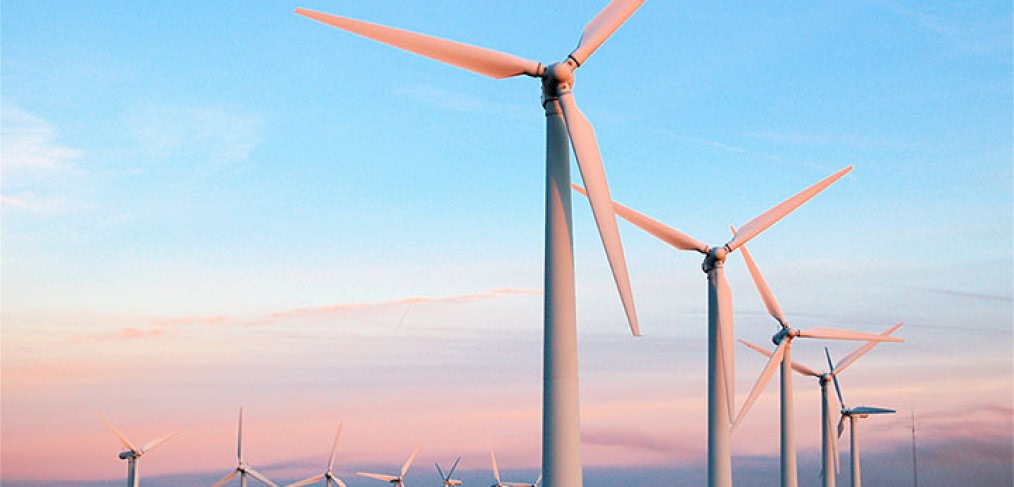
Clean Machine
Ever wondered how our energy sources rank from dirtiest to cleanest? Based on CO2 emissions, the list is as follows: crude oil, coal, natural gas, nuclear, solar and wind. Wind is considered cleaner than solar because of the carbon it takes to produce a solar panel and the limited hours of sun availability. Though the cost of energy from these six sources has varied over time, the emissions and efficiency numbers haven’t changed all that much. Is it too much to hope for innovation?
Getting There
In 2008, Google partnered with Southern Methodist University (SMU) in an effort to research enhanced geothermal systems for energy production. They found “significant geothermal resources across the US capable of producing more than three million megawatts of green power – 10 times the installed capacity of coal power plants today.” At the same time, many new companies devoted to producing biofuels from algae or cooking grease have formed in the last five years. While these are all viable fuel options, they have yet to gain the mainstream attention necessary for widespread implementation. A research team at MIT found a way to produce power from nuclear waste using a technology that they call Waste-Annihilating Molten Salt Reactor (WAMSR). WAMSR promises to capture 98% of the energy in a given amount of uranium compared to current methods which only capture 3%. WAMSR also reduces the radioactivity of the waste from 1,000s of years to just 100s of years. The MIT team has since started a company called Transatomic Power, which focuses on putting their research into practice.
Looking Forward
Coal may be the cheapest and most common energy source in the US, but it comes with its fair share of harmful effects. However, one group is finding a way to turn lemons into lemonade. Summit Power LLC is currently under contract to construct the first ever carbon capture power plant in the United States. This project, slated for completion in 2016, promises to recapture 90% of the carbon emissions given off by burning coal by utilizing Integrated Gassification Combined Cycle (IGCC). The project has been named the Texas Clean Energy Project (TCEP) and could provide a benchmark for future coal power plants.
The ultimate hope is that we can continue to study and discover new ways to produce clean energy. Its use will help provide a better life for us now and a better outlook for the future of our planet.
Image via: Flickr; Charles Cook
